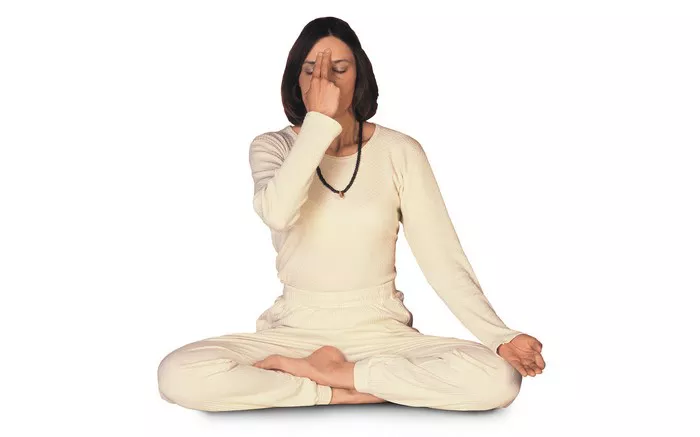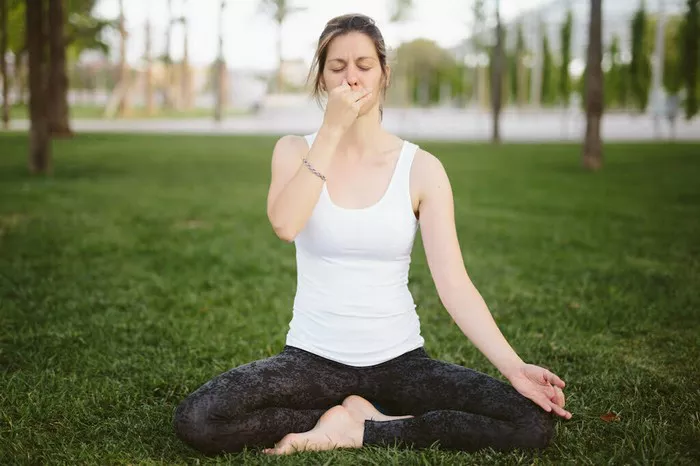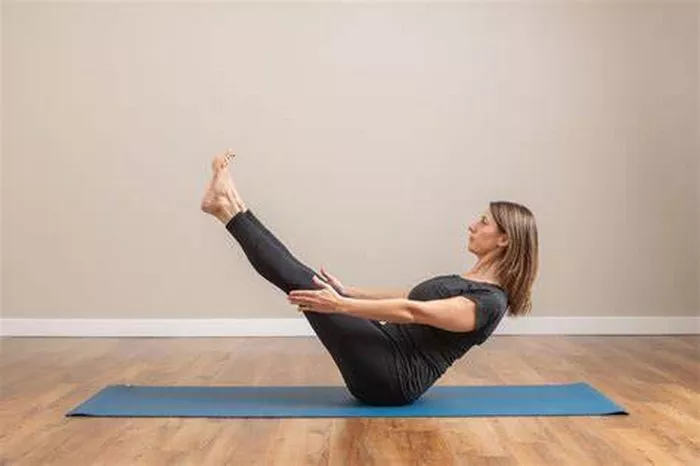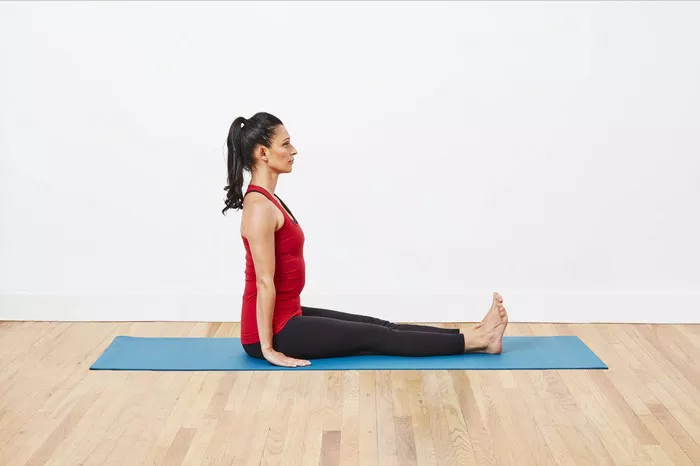Yoga mats are an essential piece of equipment for anyone practicing yoga, offering both comfort and stability. However, an often-overlooked question for many yoga enthusiasts—especially beginners—is: Do the ridges on a yoga mat go up or down? The answer is simple yet significant, as the orientation of your yoga mat impacts your practice’s effectiveness, safety, and comfort.
In this article, we’ll delve into the purpose of yoga mat ridges, their design, and how to determine the correct orientation of your mat for optimal performance. By the end, you’ll have a clear understanding of how to use your mat to enhance your yoga practice.
The Design of Yoga Mats: Why Ridges Matter
Yoga mats come in various materials, textures, and designs. Most mats feature two sides: one that is smooth and one with ridges or patterns. These ridges are not merely decorative; they serve specific purposes related to grip, stability, and cushioning.
Grip and Stability The ridged side of a yoga mat is designed to provide a non-slip surface, preventing your hands and feet from sliding during poses. This is particularly crucial during dynamic sequences, such as Sun Salutations, or in styles like Vinyasa and Power Yoga, where transitions are quick and require stability.
Traction for the Floor The smooth side of the mat typically faces downward to create traction with the floor. This ensures that the mat itself doesn’t slip, even on slick surfaces like tile or hardwood floors.
Comfort and Cushioning The material and texture of the mat play a role in cushioning joints, especially during poses that involve kneeling or lying down. The ridged side is often softer and more pliable, designed to offer a comfortable surface for the practitioner.
Which Side Should Face Up?
The short answer is that the ridged side of the yoga mat should face up, while the smooth side should be placed against the floor. Let’s break down the reasoning behind this recommendation:
Non-Slip Surface for Practitioners The primary function of the ridged side is to enhance your grip during practice. When the ridges face upward, they interact with your skin, providing the necessary friction to prevent slipping. This is especially important if your hands or feet get sweaty, as it minimizes the risk of injuries caused by losing balance.
Secure Base Against the Floor The smooth side of the mat typically has better adhesion to the floor, keeping the mat stable during your practice. A mat that shifts or bunches can disrupt your poses and even lead to falls, which is why this stability is critical.
Enhanced Comfort The ridged side is often slightly softer, designed to cushion your joints and provide a more comfortable surface for your body. Flipping the mat to use the smooth side might reduce this cushioning effect, potentially causing discomfort during certain poses.
Exceptions and Special Cases
While the general rule is to have the ridged side facing up, there are a few exceptions based on mat type and personal preferences:
Dual-Sided Mats Some yoga mats are explicitly designed to be reversible, offering grip and comfort on both sides. In this case, either side can face up, depending on your preference. Check the manufacturer’s instructions for guidance.
Non-Ridged Mats High-quality mats made of materials like natural rubber or polyurethane often have uniform surfaces with no distinct ridges. These mats are engineered for excellent grip on both sides, so you can choose the side that feels best to you.
Personal Preference Some practitioners may prefer the smooth side up for specific practices like Restorative or Yin Yoga, where sliding poses are less common, and the emphasis is on comfort and stillness. However, this is less common and depends on the individual’s needs and the mat’s design.
How to Tell Which Side Is Up
If you’re unsure about your yoga mat’s correct orientation, here are some tips to help:
Check the Manufacturer’s Guidelines Most yoga mats come with instructions or labels indicating which side should face up. If you’ve misplaced the packaging, the company’s website or customer support can usually provide clarification.
Feel the Texture Run your hands over both sides of the mat. The side with more texture or ridges is generally the one that should face up.
Test for Grip Place your hands and feet on both sides of the mat and try a Downward Dog pose. The side that offers better grip is the one that should face up.
Why Proper Mat Orientation Matters
Ensuring your yoga mat is correctly oriented may seem like a small detail, but it can significantly impact your practice in the following ways:
Safety A properly oriented mat reduces the risk of slips and falls, particularly during challenging poses or sequences.
Comfort The correct side of the mat provides the intended cushioning, making your practice more enjoyable and reducing strain on your joints.
Durability Using the mat as designed helps preserve its integrity. For example, using the smooth side for grip may cause it to wear out faster, reducing the mat’s lifespan.
Mindfulness Paying attention to small details, like the orientation of your yoga mat, is a form of mindfulness. It helps you stay present and intentional in your practice, fostering a deeper connection to your body and breath.
Common Misconceptions About Yoga Mats
There are a few myths surrounding yoga mats and their use that are worth addressing:
“It doesn’t matter which side is up.” While some mats are reversible, most are designed with a specific side for practice. Ignoring this can compromise your safety and comfort.
“The ridges are just for decoration.” As we’ve discussed, ridges play a functional role in enhancing grip and stability. They are not merely aesthetic.
“All mats are the same.” Yoga mats vary widely in terms of material, thickness, and design. Choosing a mat that suits your practice style and body type is essential for a positive experience.
Conclusion
The ridges on a yoga mat should typically face up, with the smooth side down, to ensure proper grip, stability, and comfort during your practice. By understanding the design and purpose of your yoga mat, you can optimize your experience, reduce the risk of injury, and deepen your connection to your practice.
Remember, yoga is not just about mastering poses but about cultivating awareness and harmony between body and mind. Paying attention to details like the orientation of your mat is a small yet meaningful step toward a mindful and fulfilling practice. Whether you’re a beginner or an advanced practitioner, respecting your mat’s design will enhance both the safety and joy of your yoga journey.
Related Topics:




















